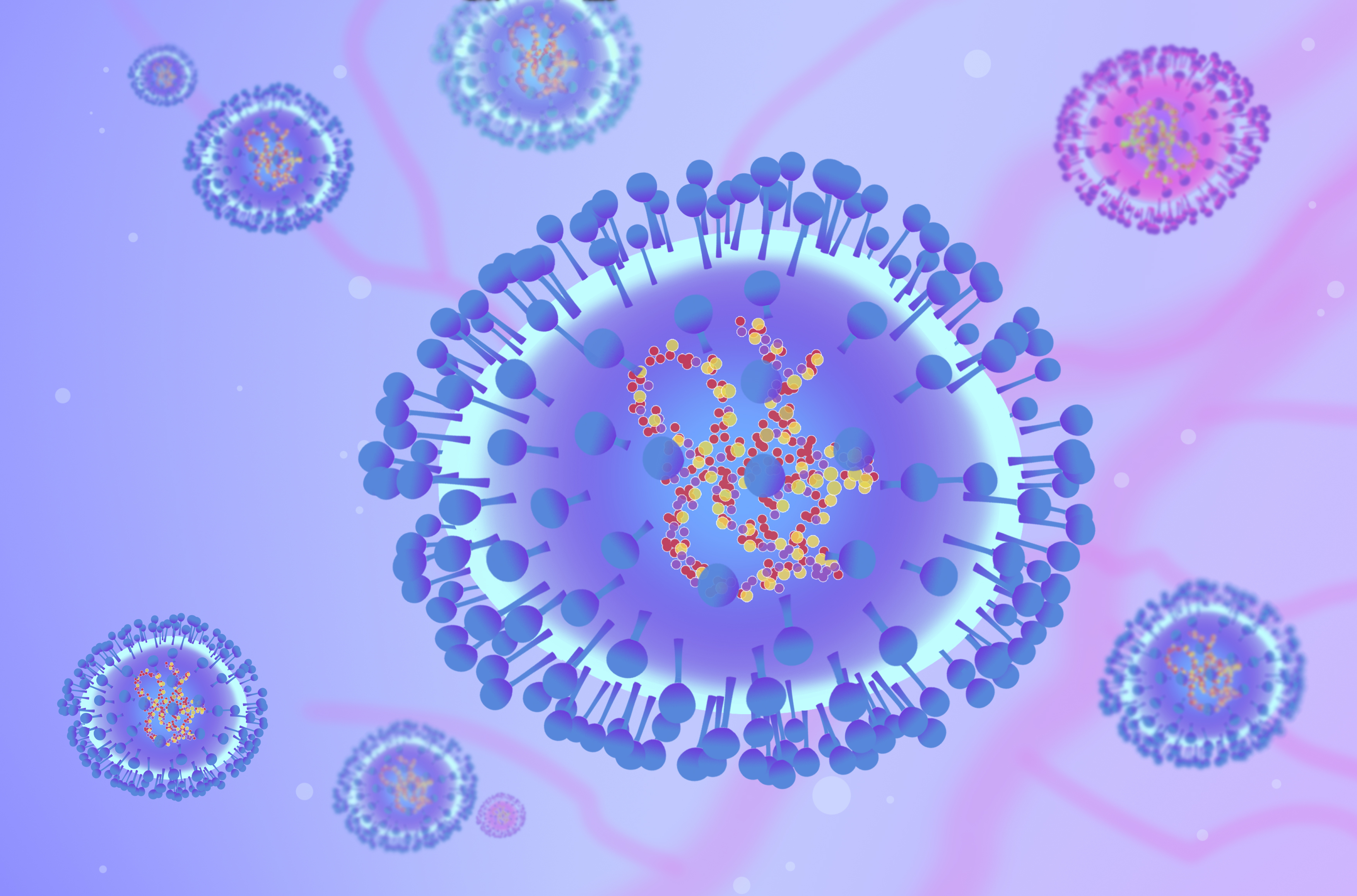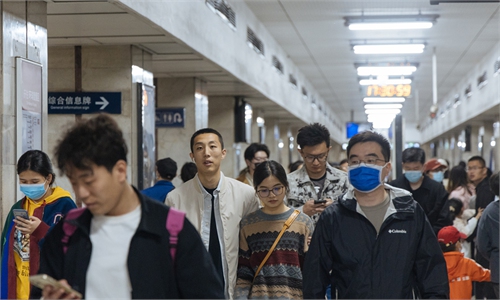
Photo: VCG
Infections of another respiratory virus – human metapneumovirus (HMPV) – has spiked in the US during spring, drawing concerns over a virus most people have little knowledge of, while some Chinese health organizations have reminded residents not to panic and take necessary precautions.
Experts have noted that there is no vaccine for HMPV or antiviral drugs to treat the diseases, but despite this, there’s no need to panic and people are suggested to observe personal hygiene and go to hospital if they don’t feel well after becoming infected.
Li Tongzeng, a chief doctor from the Department of Respiratory and Infectious Diseases at Beijing You’an Hospital, Capital Medical University said that HMPV is not a new virus, and has been detected in the Netherlands, Britain, Finland, Australia, Canada, and other regions, according to People’s Daily Health on Sunday.
Along with doing precautions against possible COVID-19 infections, cholera, hand, foot and mouth disease, the Nanjing center for disease control and prevention in East China’s Jiangsu Province reminded residents on Saturday that they should be cautious over possible infections in June. It also said that HMPV is currently prevalent in the US, and is being transmitted from person to person through respiratory droplets, with an incubation period of between three to five days.
HMPV was first discovered in 2001 and can occur throughout the year, but the outbreaks are mainly concentrated in the winter and spring months. The first infection usually occurs in children under five years old, with a case fatality rate of about 1 per 1,000, according to the Nanjing center.
HMPV infection is not a newly emerging infectious disease and requires attention, but “there is no need to panic,” it noted.
It had also been detected in children in a number of Chinese cities such as Beijing, Southwest China’s Chongqing, and South China’s Guangdong Province, Li said.
Li reminded people not to be overly anxious about the virus as HMPV infections are similar to other respiratory infections which can be prevented if appropriate precautions are taken.
HMPV is in the Pneumoviridae family along with respiratory syncytial virus. HMPV cases spiked in the US this spring, according to the CDC’s respiratory virus surveillance system, the Xinhua News Agency reported on June 3.
HMPV can cause upper and lower respiratory diseases in people of all ages, especially for young children, seniors and people with weakened immune systems, Li said. HMPV infections are common and seasonal, such as late winter and early spring in the US, the Netherlands, the UK, Norway and Finland, he noted.
Based on research of a 13-year study on nine provinces in China, 5-year-old children are the main population infected with HMPV, with the detection rate reaching 3.1 percent. HMPV can cause infection alone or in combination with other respiratory viruses, while a co-infection with HMPV may increase the risk of pneumonia in children, according to the report by People’s Daily Health.
Zhang Yongsheng, a chief doctor from Dongfang Hospital Beijing University of Chinese Medicine, told People’s Daily Health that HMPV is commonly transmitted by droplets and people-to-people contact, such as handshakes, or touching an object contaminated with the virus. The most effective method is to cut off the route of transmission, such as wearing a mask, washing hands frequently, and increasing immunity. People are advised to go to the hospital if they don’t feel well after becoming infected.
The Beijing Chaoyang District Preventive Medicine Association on Monday also released a note guiding people on how to prevent the disease including frequently washing hands and increasing immunity.
Global Times


